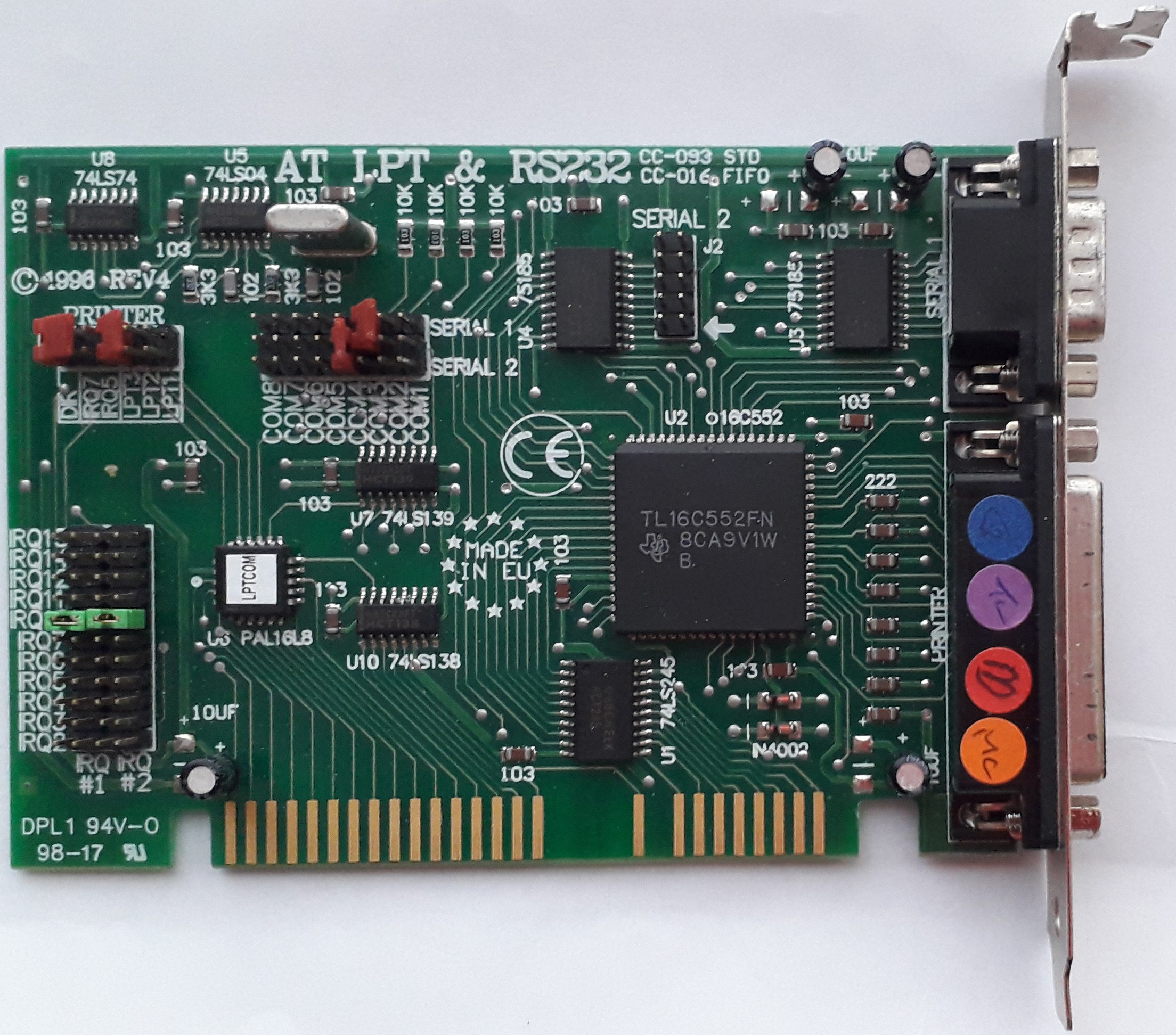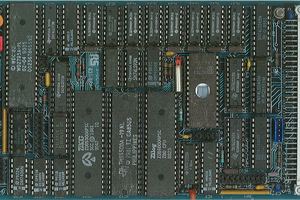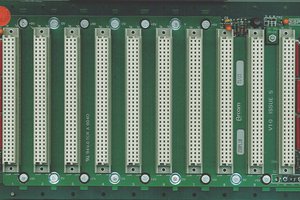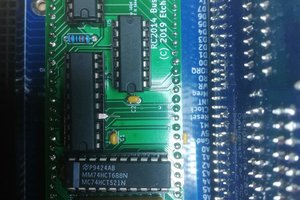Eventually PC ISA cards had chips that had COM1, COM2, LPT1, integrated with game ports, floppy disk and hard disk controllers. The floppy drive interface had DMA signals that could not be adapted to the STEBus interface, and were carried to the SCPC88 on a 10-way ribbon cable.
More advanced STEbus boards with 386 and 486 processors had these interfaces integrated into their own chip sets, and did not require a separate board.
Two PC-compatible serial ports and a parallel port are still very useful because commercial evolutionary pressures drove the UARTs to far higher performance to UART chips specific to particular processor families like the 6502 or Z80. The PC UARTs evolved bigger FIFO buffers and automatic handshaking to cope with higher data rates. Many devices used the PC printer port to do things beyond its original purpose, such as scanners, device programmers and hobby projects. Having a printer port would allow such devices to appear again.
 Keith
Keith




 ronald.sutherland
ronald.sutherland
 EtchedPixels
EtchedPixels